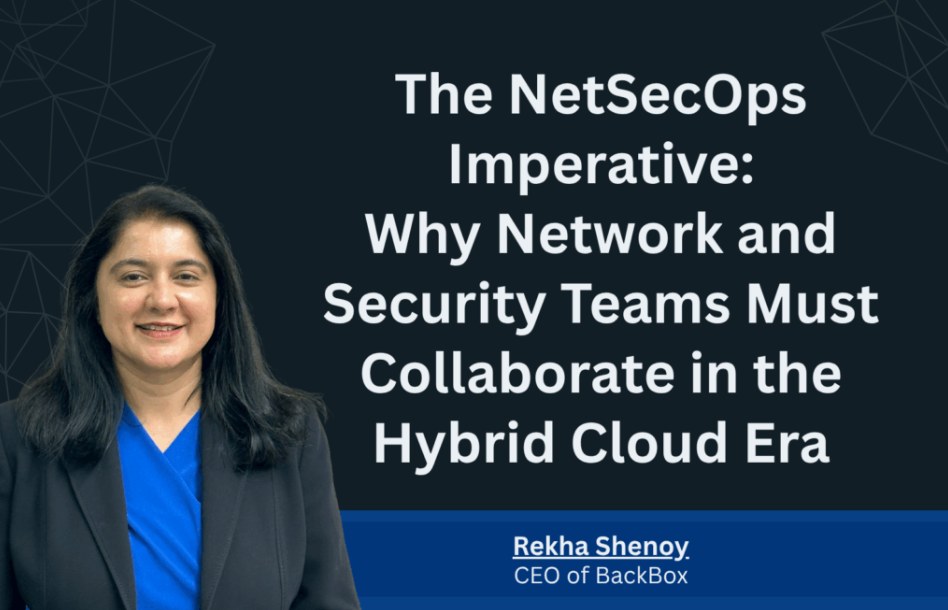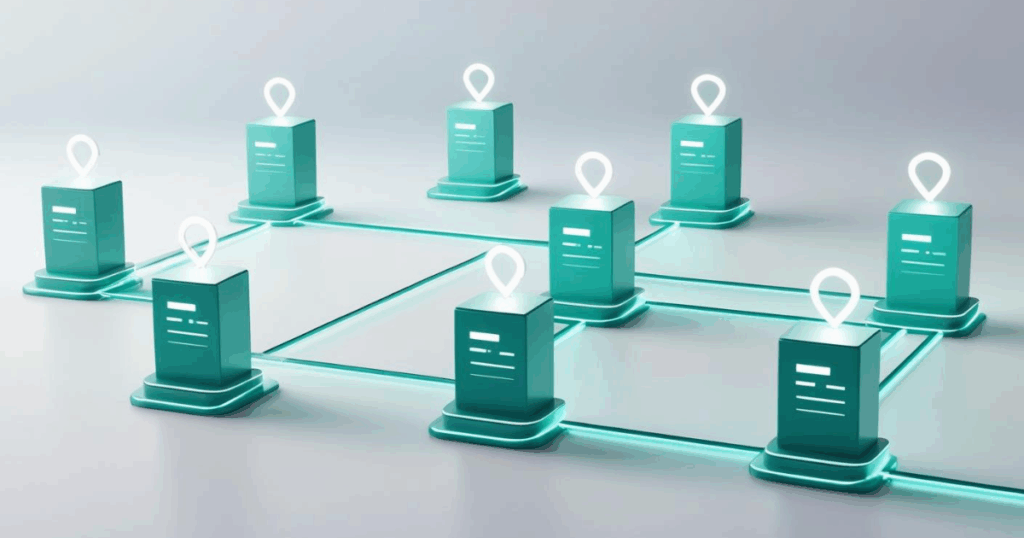Five Common Questions About Configuration Management

We’ve explained the difference between traditional and modern approaches to network configuration management and the features to look for in a solution. Here, we thought we’d share a few questions network and security teams often ask, and you may also be wondering about them.
1. What is the impact of automation on our internal processes?
Everything in BackBox is built with an API-first approach, including automations. This design enables automations to be integrated into workflows, streamlining and strengthening your internal processes. For instance, before an update, a key step in the workflow should be making the call to initiate a backup, ensuring you have a recent restorable backup. If an upgrade unintentionally causes an issue, having a recent backup can prevent costly downtime for the organization and a stressful, time-consuming scramble for network teams to resolve the problem.
This programmatic approach sharply contrasts with legacy network configuration management tools, where APIs are mainly employed for integration with network management systems rather than for operational control over the network.
2. How does BackBox scale as compared to a legacy network configuration manager?
Legacy tools take the approach that network administrators will be working at a keyboard and accomplishing their tasks. They’ve taken a polling approach from a central server out to the network, with tasks being executed sequentially and initiated individually by a human. With BackBox, there’s no polling involved. We distribute the execution of automations out into the network for parallel execution, achieving better performance and scale as compared to polling.
BackBox further enhances scalability and performance by leveraging agents to execute automations locally within a network, reducing data transfer between networks. For instance, a backup may occur at a remote network, keeping the data at the remote site instead of sending it back to a central location. If central storage of data is required, the data transfer is separated from the backup process to optimize performance and scalability.
3. What integration is available with ServiceNow?
ServiceNow integration with your network configuration management solution is important because it is a cornerstone system of many network operations centers. It is the first place people go to find information about device inventory or open issues, and it is often used to judge performance by measuring performance KPIs for ticket resolution.
There are two parts to the integration:
- Enhanced Discovery. BackBox can utilize ServiceNow for device discovery, ensuring that all new devices entered into ServiceNow automatically become recognized devices in BackBox. ServiceNow serves as a single source of truth for network inventory, allowing BackBox to fully harness that source for network configuration management.
- IT Service Management Integration. BackBox backup automations integrates with the ServiceNow trouble-ticketing system to open or close tickets based on backup status. This eliminates swivel-chair management, where network engineers must work in two different systems to solve problems. Simplifying the engineer’s job by putting all the information they need to solve a problem is important when time to resolution and reporting is critical.
4. I already have a tool for network configuration management; why change?
BackBox implements network configuration management capabilities on an automation platform. If you want to implement automation at scale and have specific use cases to drive adoption, it makes sense to upgrade to a modern platform rather than waste valuable time and resources developing coding expertise. Here are a few use cases we see organizations prioritize to justify and get started with BackBox.
Backup: A common use case to get started with automation is backup; many use their network configuration management solution to help manage backups. So, there’s an overlap. However, backups based on automation are more reliable, scalable, and easier to restore. Backups based on automation can also be included in workflows to ensure that a backup is always taken before a potentially destructive operation is completed.
Compliance: Similar to backups, compliance-based automation is easier to implement and doesn’t involve managing configuration files similarly. Remediation is also a part of the compliance automations to simplify and accelerate grooming configurations back into compliance when they drift.
Security: Threat actors target routers and firewalls to compromise targets and use AI to reduce time-to-exploit. So, many organizations want to extend network configuration management to their firewalls and other security devices and find that current solutions are limiting.
External factors (like industry consolidation): In some situations, companies are forced to replace their existing solutions. The Broadcom acquisition of VMware is one example: Customers may not have support for their product, or it may become more expensive under Broadcom’s leadership. These situations provide an excellent opportunity to rethink network configuration management and implement it based on automation rather than a legacy approach.
5. If my network engineers don’t have coding skills, how can we leverage automations?
BackBox offers 3,000 pre-built automations. Furthermore, we provide a no-/low-code approach to automation, allowing network teams to create automations swiftly and effectively. Often, there’s no need for the expense and time of involving the Python/Ansible team.
The value proposition of BackBox includes support for creating automations, with no additional professional services retainer or project-based fee required. This enables us to address automation tasks swiftly, which is particularly crucial for one-off tasks and unexpected situations. For instance, a customer received just 48 hours’ notice to activate licenses across nearly 100 firewalls.
By collaborating with the customer, the BackBox team spent 20 minutes creating the necessary automation, while the customer’s internal team took an additional 10 minutes to import the task, set up a job, and execute it. Once the task was completed, the platform generated a report to confirm successful execution across all devices.
Summary
BackBox empowers teams to tackle the complexities of configuration management. Our platform scales with enterprises and employs best-in-class automation to enhance configuration compliance, backups, software updates, and vulnerability remediation. Teams save time, build confidence in preventing incidents and outages, and ensure devices remain secure.
Discover the advantages of BackBox today. Schedule a 30-minute demo for an interactive tour of the BackBox platform.



